 he history of the famous Thonet chairs, begins with Michael Thonet, pronounced “Toe-net” (instead of “Tho-nay”). He was the founder of a building- and furniture workshop in Boppard, Germany in 1819. His unique success story began with the transition of manual furniture production to industrial production.
he history of the famous Thonet chairs, begins with Michael Thonet, pronounced “Toe-net” (instead of “Tho-nay”). He was the founder of a building- and furniture workshop in Boppard, Germany in 1819. His unique success story began with the transition of manual furniture production to industrial production.
From the 1830’s, Thonet tried to make furniture of bent wood. After several attempts, and lots of years later, he finally succeeded. In 1859 he invented a way to bend strong beech wood into curved, graceful shapes using hot steam. Chair No. 14 was born, later known as the “Vienna coffee house chair”. This new invention made it possible to create elegant, lightweight, comfortable and durable furniture. Quite the rage after all the heavy carved wood designs upto then.
Lots of different designs were added to the range and innovative production- and distribution methods allowed the company to expand rapidly. Soon Thonet furniture was available globally. By 1930, Thonet’s first design, the Thonet No.14 (now known as 214) was sold over 50 million times. This design is considered the most successful industrial product in the world.
Tubular steel furniture is the second pillar of the company. From the 1930’s onwards, Thonet has produced several iconic creations from designers such as Mart Stam, Marcel Breuer and Ludwig Mies van der Rohe. Known under the name of “New Objectivity”, famous examples are the clear, open and simple designs such as Cantilever chair S33 and the S32 and S64 designed by Marcel Breuer.
“NEVER BEFORE HAS ANYTHING BEEN CREATED THAT IS MORE ELEGANT AND BETTER IN ITS CONCEPTION, MORE PRECISE IN ITS DESIGN AND MORE FUNCTIONAL” Le Corbusier
 e geschiedenis van de bekende Thonet stoelen begint met Michael Thonet. Hij was de oprichter van een bouw-en meubelbedrijf in Boppard, Duitsland in 1819. Zijn bijzondere succesverhaal begon met de overgang van handmatige meubel productie naar industriële productie.
e geschiedenis van de bekende Thonet stoelen begint met Michael Thonet. Hij was de oprichter van een bouw-en meubelbedrijf in Boppard, Duitsland in 1819. Zijn bijzondere succesverhaal begon met de overgang van handmatige meubel productie naar industriële productie.
Vanaf 1930 probeerde Thonet meubels te maken van gebogen hout. Na een aantal pogingen, en vele jaren later, boekte hij eindelijk succes. In 1859 was zijn uitvinding om stevig berkenhout, met behulp van hete stoom, om te vormen naar gebogen sierlijke vormen een feit. Stoel No.14, later bekend als de Weense Koffiehuis Stoel, was geboren. Deze nieuwe uitvinding maakte het mogelijk om elegante, lichtgewicht, comfortabele en duurzame meubels te maken. Het was een enorme hit na al het zware, houtbewerkte meubilair.
Vele designs werden toegevoegd aan de collectie. Innovatieve productie- en distributie methoden zorgden voor een snelle groei van het bedrijf. Al snel waren de Thonet stoelen wereldwijd verkrijgbaar. Rond 1930 was Thonet’s eerste design, de No.14 (nu bekend als de No.214), al 50 miljoen keer verkocht. Dit ontwerp staat bekend als het meest succesvolle industriële product ter wereld.
Het “stalen buis” meubilar vormt de tweede pilaar van het bedrijf. Al vanaf 1930 produceert Thonet diverse iconische ontwerpen van designers als Mart Stam, Marcel Breuer en Ludwig Mies van der Rohe. Ze zijn onderdeel van de stroming “New Objectivity”. Bekende voorbeelden zijn de heldere, open en simpele ontwerpen zoals de Cantilever chair S33 and de S32 en S64 van Marcel Breuer.
“NOOIT EERDER WERD ER EEN ELEGANTER EN BETER DESIGN GECREËERD DAT ZO NAUWKEURIG VERVAARDIGD EN ZO FUNCTIONEEL IS” Le Corbusier

Smart packaging, 36 chairs of the classic model No.214 fitted in 1 cubic metre, to be assembled at the place of arrival. I wonder where IKEA got its idea for distribution-methods from???
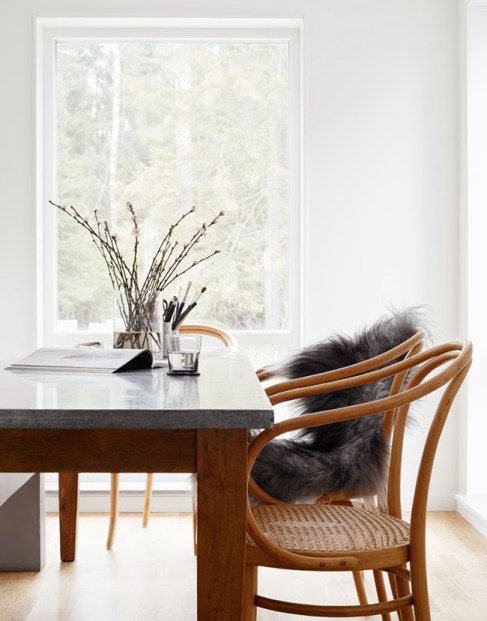
The S209 – via Coco Lapine
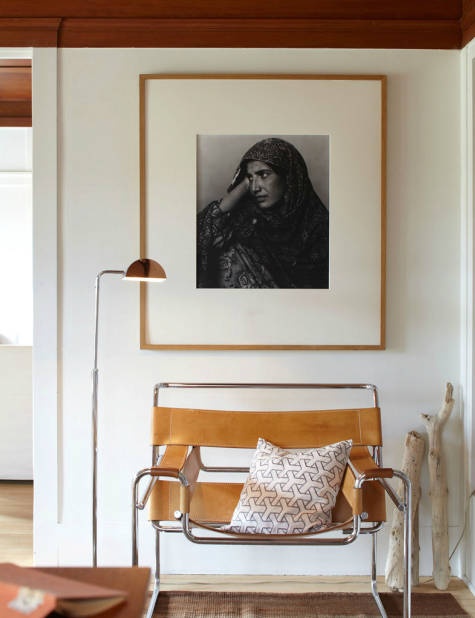
The Wasilly chair by Marcel Breuer, 1925. It was first produced by Thonet but in 1968 US company Knoll acquired the rights. Meanwhile, patents have expired and reproductions are manufactured globally under different names.
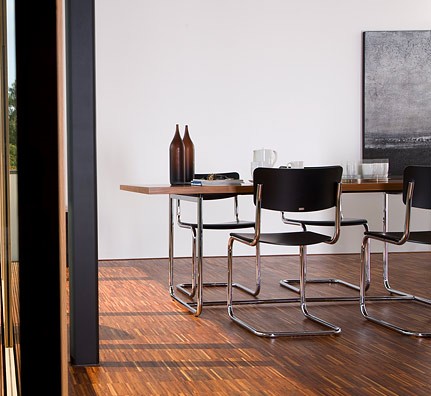
The Thonet S33 by Mart Stam, 1923 – via Archetypen

The S411 armchair, designed in 1932 by the Thonet design team
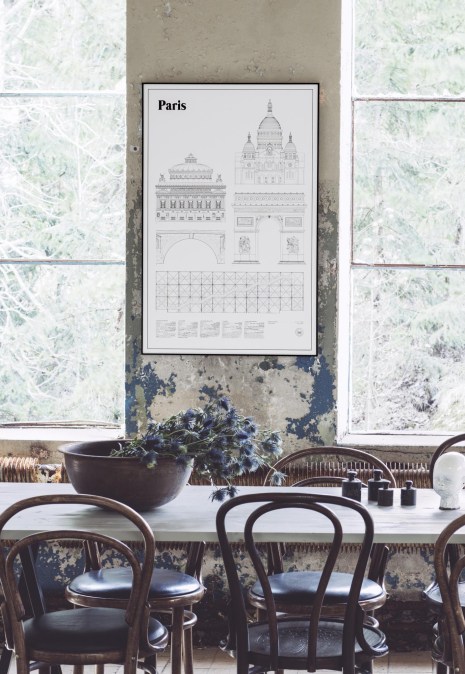
The classic S214 Thonet chair – via Coco Lapine
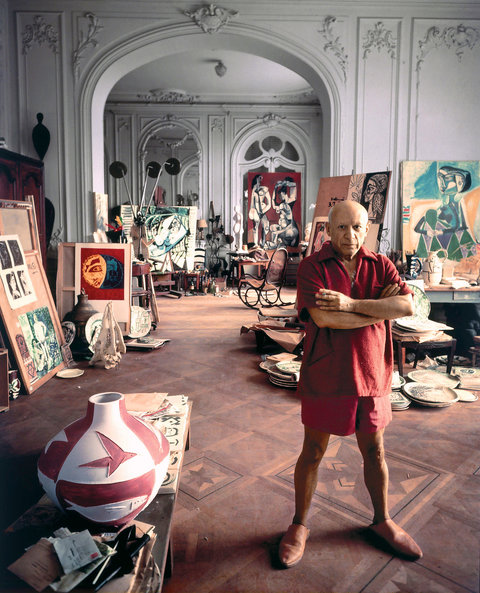
Pablo Picasso also had a Thonet rocking chair, as seen in the back of his atelier – via CredularesAmor
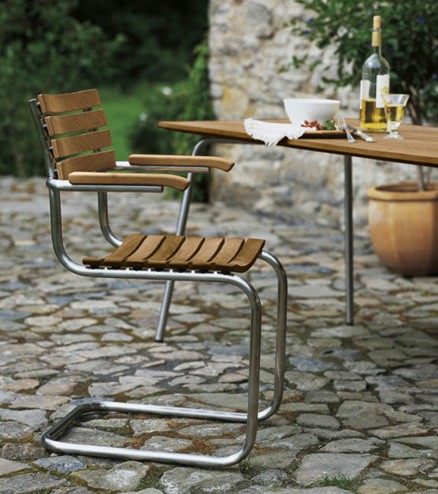
The Thonet S40, designed by Mart Stam in 1935, on the terrace – via Chairholder
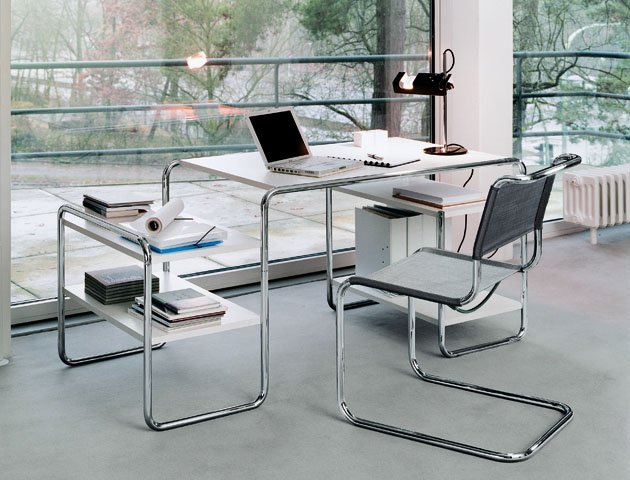
Deskchair S33 by Mart Stam, 1926 and secretaire S285 by Marcel Breuer, 1935 for Thonet – via Eckhart
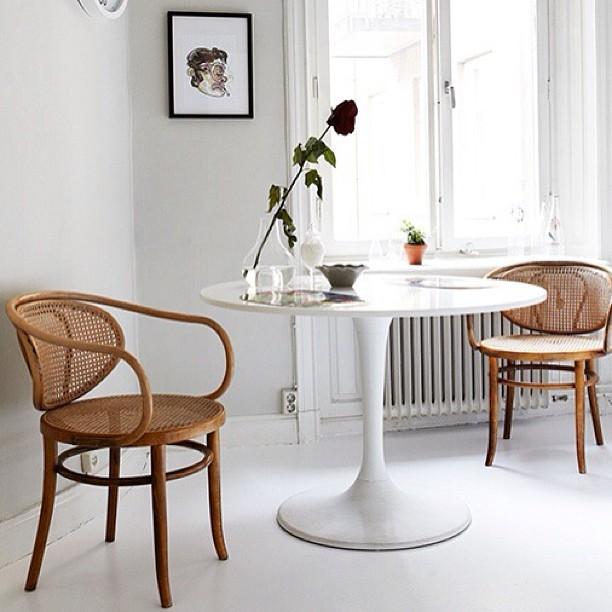
Classic Thonet 209′s, eyecatchers in this classic white interior – via Paperblog
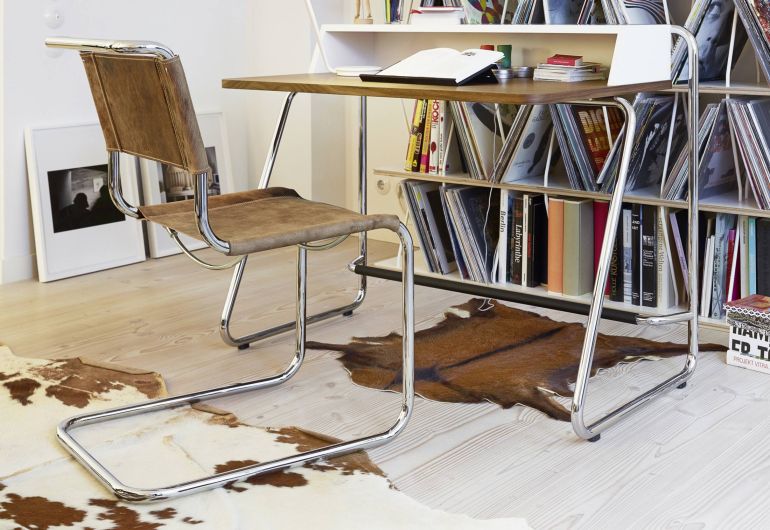
Another deskset, Desk S1200, a contemporary design from 2014 by Randolph Schott – via Stylepark
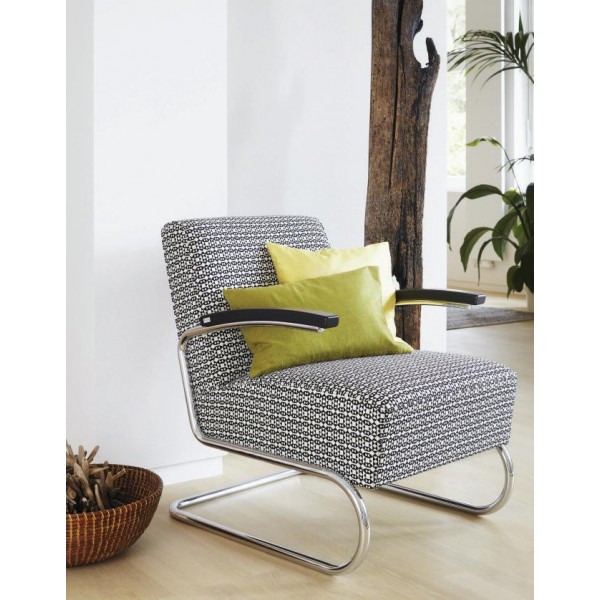
A Thonet S411 armchair, designed in 1932 by the in-house Thonet design team- via Goodform
If you enjoy reading my blog, please consider giving my Facebook page a “like“
YOU MAY ALSO LIKE:
 opper Orange will be the trending color in 2015, according to the Global Aesthetic Center of paint manufacturer Akzo Nobel. This color was selected by a panel of independent design and color experts following in-depth research into worldwide trends. It symbolizes a positive outlook onto our world. For the last…
opper Orange will be the trending color in 2015, according to the Global Aesthetic Center of paint manufacturer Akzo Nobel. This color was selected by a panel of independent design and color experts following in-depth research into worldwide trends. It symbolizes a positive outlook onto our world. For the last…

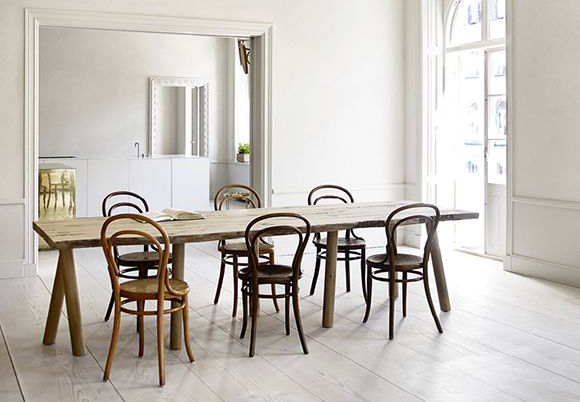
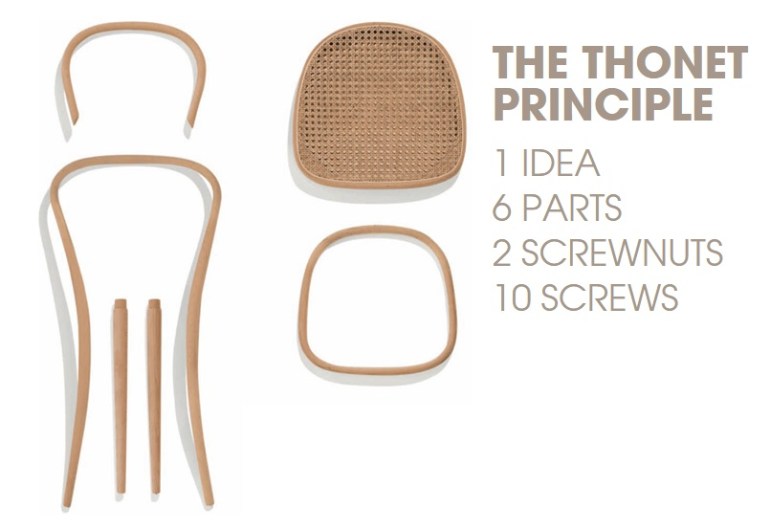


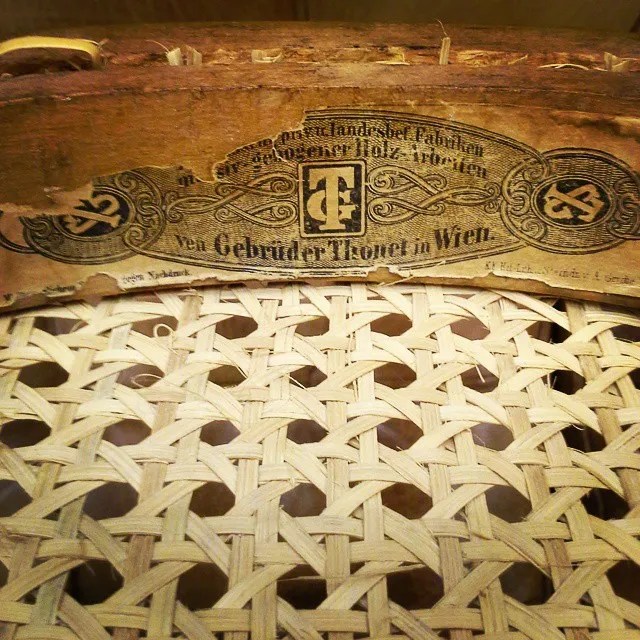
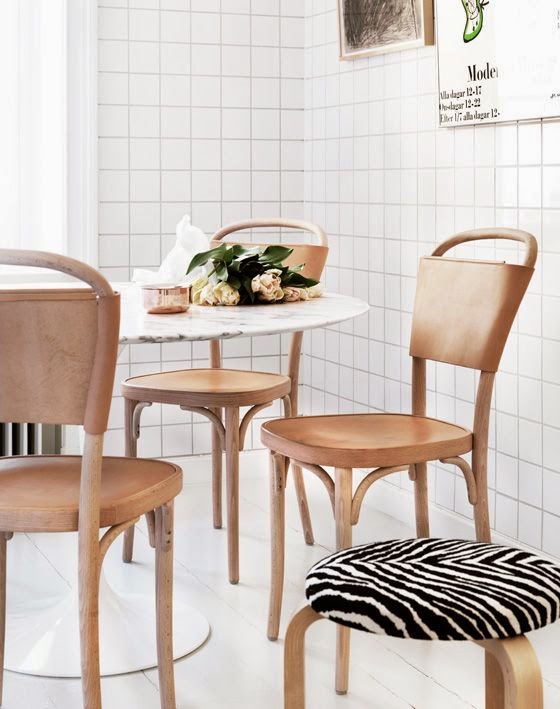
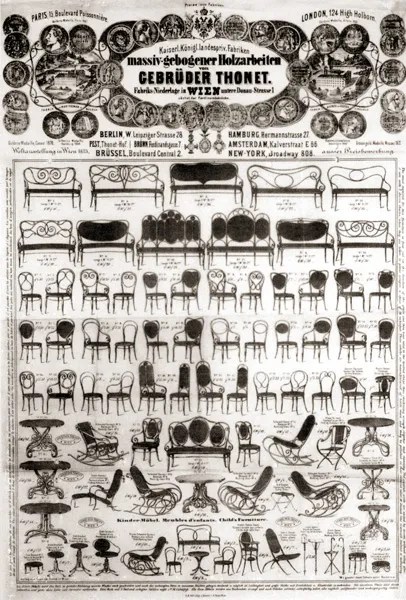
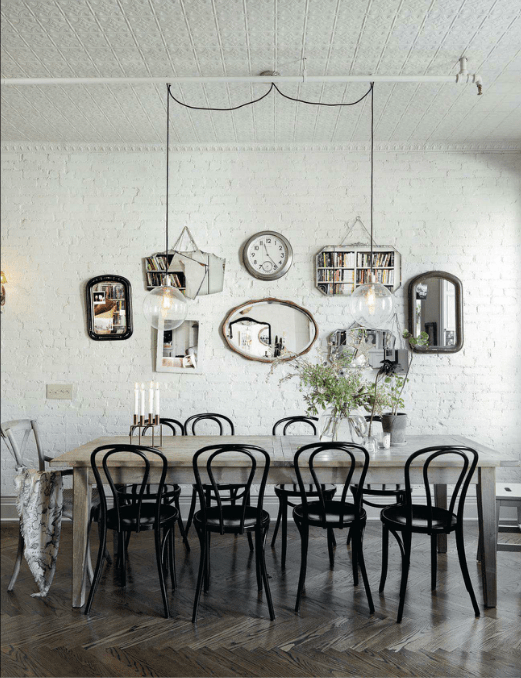

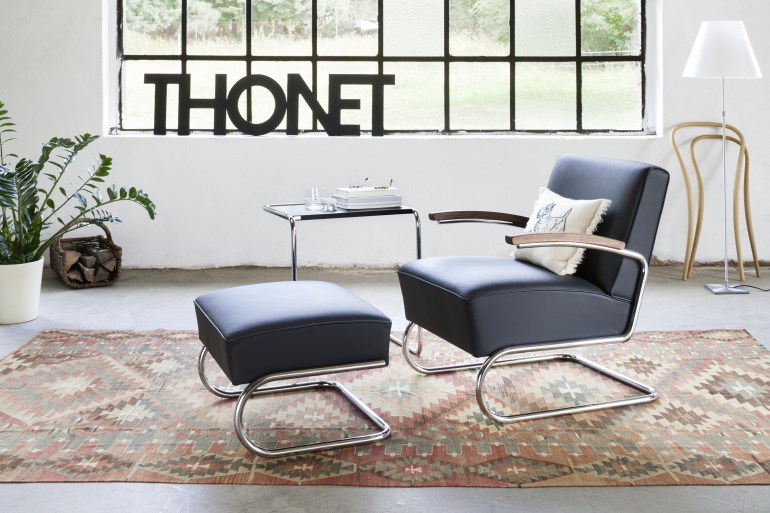

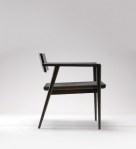
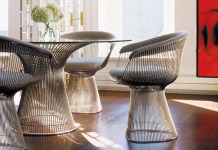

I really like these traditional Thonet Chairs. Recently, I’m searching for a new collection for my bar. My Chairs became older and want to replace with some graceful and glorious chairs. I found only Bentwood Chairs are perfect. The S209 very pretty chairs in your collection.
I love these chairs as well, especially the older designs are so beautiful, timeless elegance! I hope you will find a beautiful set
Your style is unique compared to other people I’ve read stuff from.
Many thanks for posting when you have the opportunity, Guess I will just bookmark
this site.
Admiring the commitment you put into your blog and detailed information you provide.
It’s awesome to come across a blog every once in a while that isn’t the same out of date rehashed material.
Excellent read! I’ve saved your site and I’m including your RSS
feeds to my Google account.